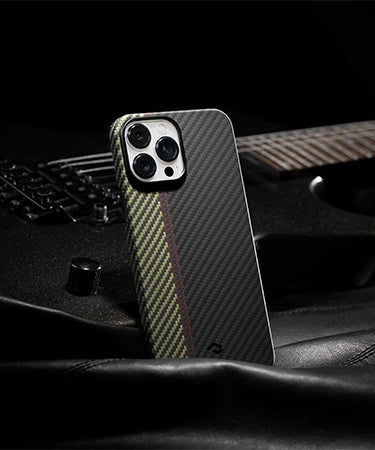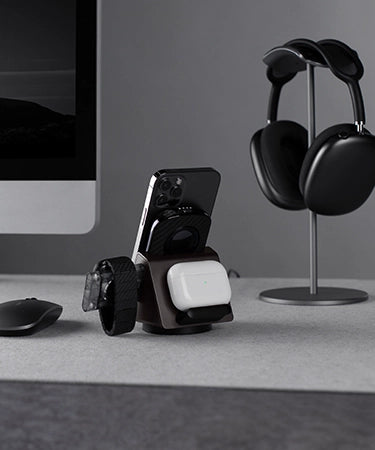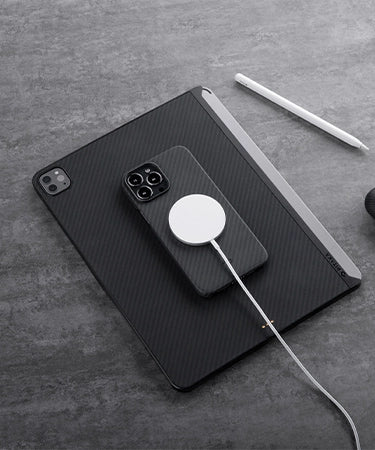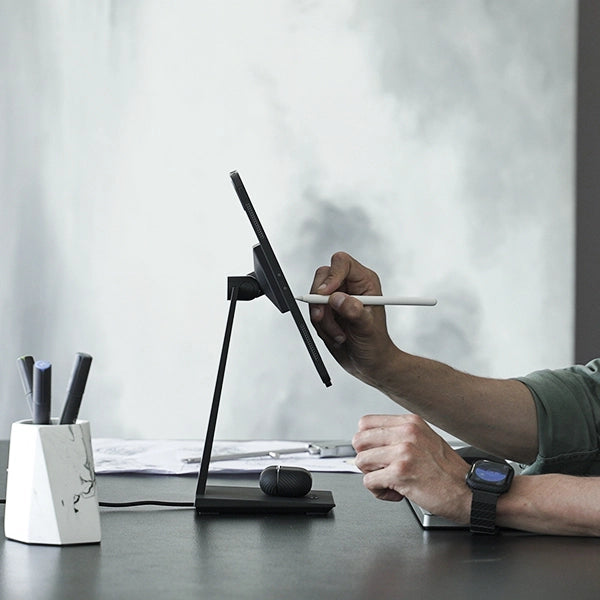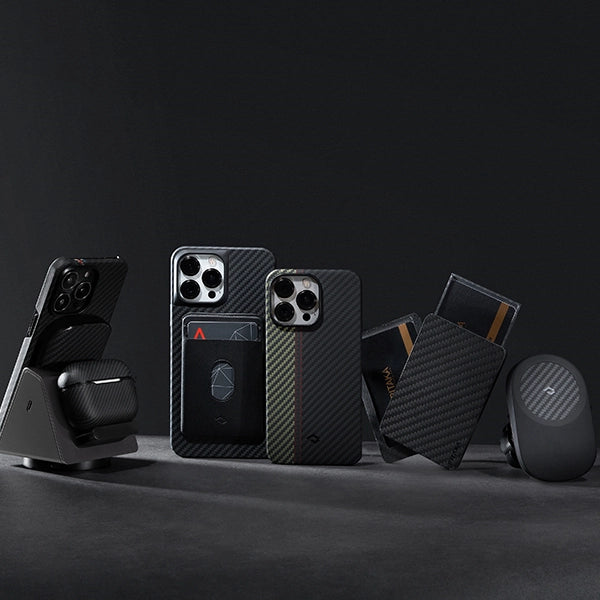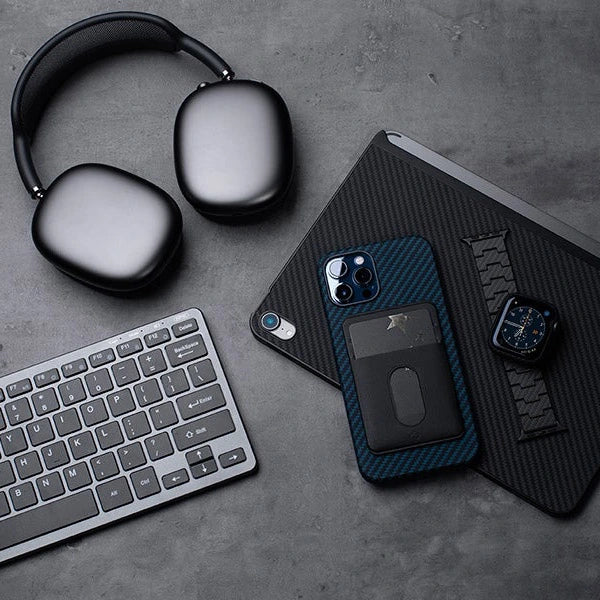
The iPad Pro 2020 is already wowing Apple users with an unexpected launch along with its abundance of new features. It has a LIDAR scanner for better augmented reality, a new keyboard with a built-in trackpad, a new wide-angle camera lens, and faster chips.
And no surprise, the new iPad Pro still uses a USB-C connection, a feature that limits the compatibility of Apple's cables and accessories. Does Apple have to add a USB-C port to the iPad Pro 2020? In this article, we'll explain why Apple's (sort of) made the switch to USB-C and what it means for Apple users.
What's So Great About USB-C?
The iPad Pro isn't the first device to make the switch to the USB-C port. Apple's line of MacBooks all adopted USB-C ports in 2015 (to mixed reviews) and many smartphones now have USB-C ports, like the Google Pixel. But why exactly are so many tech companies making the switch to this new port?
Faster Data Transfer Speeds

For one, USB-C allows for much faster data transfer speeds than Lightning connection. USB 3.1 USB-C is capable of supporting 10 Gbps, which is many times faster than Lightning running at the speed of USB 2.0. And it may get faster as newer USB protocols evolve.
Faster data transfers aren't just good for moving files around quickly (though they are great at that). What they really bring to the table is the ability to do multiple data-heavy things all at once from a single port. For example, one USB-C port can support multiple 4K monitors, back up your computer to a hard drive, and charge your computer all at the same time.

It's the fast data speeds of USB-C that makes these sorts of workflows possible. This may not make much of a difference to the average user, but for the pros, this is a huge leap in technology.
It Can Charge All Of Your Devices
What we mean is that USB-C is capable of powering just about all of your devices, not just your mobile devices.
See, traditional USB ports only output a few watts of power, around 2.5 to be specific. This is fine for charging a smartphone or tablet, but it's nowhere near enough to charge your laptop. If you tried charging a MacBook with an older USB-Cable, it would only slow down your battery from draining - your battery percentage wouldn't even go up.
USB-C, on the other hand, supports up to 100 watts of power supply. This means you can charge your smartphone, tablet, and laptop with a single cable and wall adapter. USB-C supports fast charging as well, so long as you have a USB-C fast charger adapter.
It's Multipurpose and Flexible

Last but not least, USB-C is incredibly versatile. The list of things it can't do is much shorter than the list of things it can do. As mentioned already, you can use it for transferring data and charging your devices.
However, you can also use it to display video output and connect peripheral devices to your computer. It could replace nearly every cable in your life once completely adopted, which is kind of crazy to think about.
USB-C is flexible as well. It's got a smaller footprint than other USB form factors, which allows it to fit on thinner devices. The connector is reversible, so you don't have to worry about how you orient it when plugging it in. You can even flip the cable around, something that USB was previously never capable of.
Why Does Apple Use The USB-C Port On The iPad Pro 2020?
Now that you know what makes USB-C so great, it should make a little more sense why Apple has started to adopt the connection type. However, it doesn't explain why the iPad Pro has USB-C and the regular iPad doesn't.
The answer is the purpose.
The standard iPad is meant to be a media consumption device first and foremost. You can do some light computing on it, but not much more than you can already do on your smartphone. Instead, it's mainly used for watching videos, reading books, and playing games.

The iPad Pro 2020, on the other hand, is a powerhouse of a device meant to be a laptop alternative. For this reason, the added benefits of USB-C, like fast charging and fast data transfers, are necessary to make the iPad Pro a truly "Pro" device.
Peripheral Devices and The iPad Pro
The most important feature that USB-C brings to the iPad Pro 2020 is accessory support. The Smart Connector sort of supports additional accessories, though it's clear that its main function is as a connection point for a keyboard. The Lightning connector supports accessories as well, though nowhere near the degree that USB-C does.

USB-C is a full-blown computer connector type - not a mobile-centric connector like Lightning. This means you can use a mouse, USB keyboard, USB hub, hard drive, flash drive, monitor, and more with your iPad Pro. This is one of the areas that makes it much more than just a high-end iPad.
Without some type of USB-Connection, the iPad Pro wouldn't be able to use the full breadth of computer accessories in the world, and USB-C happens to be the best USB type connection, which is why it's found its way onto the iPad Pro. Without it, the iPad simply isn't a "Pro" device.
Should Apple Get Rid Of The Lightning Port And Adopt USB-C On All iPads?
After seeing how much more powerful the iPad Pro is with the USB-C connector, it's clear that the iPad Pro needs it to meet its users' needs. However, if USB-C is so powerful, why hasn't Apple started using it on iPad, iPad mini and iPad Air? Now every iPhone and MacBook model is using a Lightning port, however, different iPad models adopt different ports, either USB-C or Lightning. How come?
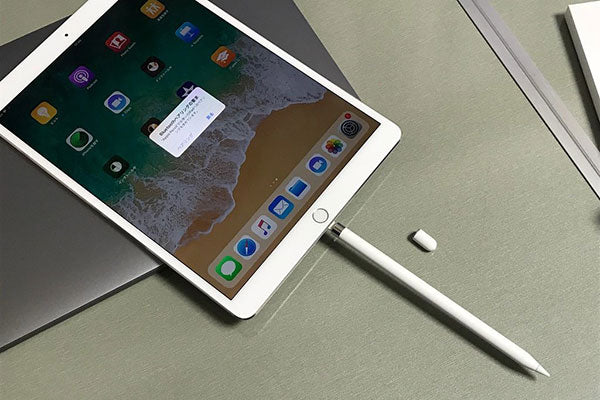
No one knows for sure, and the answer is probably a mix of several answers. But what it comes down to is that Apple has very little incentive to switch ports on other iPads. Lightning is smaller than USB-C, which saves space on those iPads with smaller sizes; and they don't need the extra power and features that USB-C provides since they are built from entertainment or some light productivity. And some even argue that Apple is using the proprietary Lightning system to make a profit.
However, just because Apple wouldn't benefit from switching to USB-C, that doesn't mean that Apple's users wouldn't. There are several reasons why not using the same port on all iPads is hurting Apple users, which we'll cover below.
IT'S NOT COST-EFFECTIVE
Because different iPads use different connections, you'll have to purchase different charging cables for them. And since Apple's cables are marked-up in price, especially Apple's Lightning cables, you'll be paying more than non-Apple users for a cable that Apple could replace with USB-C.

Not only will you have to purchase different cables for all of your devices, but different accessories as well. Headphones, speakers, car chargers - all of these accessories and more won't be compatible with all of your devices, unless you buy adapters, which only adds to the costs.
IT'S TIME-CONSUMING

Imagine quickly packing your bag on your way to work. You grab your wallet, phone charger, and house keys, and head to catch the bus. Once you get to work you pull out your phone charger, only to realize you accidentally grabbed your iPad Pro cable and you can’t use it to charge your iPhone. Having so many different cables can make organizing your chargers difficult, which wastes time and adds stress to your life.
Air Omni Lite: The Charger That Powers Up All iPad Models
The Air Omni Lite is a multi-device charging station that solves Apple's complicated port situation. Instead of having to purchase different cables and adapters for all of your different Apple devices, you can charge whatever iPad model you have using the Air Omni Lite - including the iPad Pro 2020.
Adaptable USB-C and Lightning Connector

Air Omni Lite features a Lightning and USB-C connection port that easily changes types depending on which iPad you want to charge - Pro or standard. This 6-in-1 charging station has both connections available in a discreet, quick-swap design. At any time when you need a different connector, just press the bottom button to switch it in a second. Then flip up the panel, and connect your phone, iPad or any other devices to charge. No swap of chargers or cables. Just push, plug and play. And it supports 18W fast charging.
Portrait or Landscape Mode

You can even charge your iPad Pro in landscape mode on the charger using a cable connected to extra USB-A/C port. The magnetic bracket on the 6-in-1 charging station holds your iPad Pro in place so you can still watch content on your iPad while it charges. Portrait mode is also available. Unfold the metal panel and put your iPad vertically to charge.
Simplify Your Cable Management Today
In the beginning, Lightning port was added to the iPad; today, different iPad models use different ports. On the other side, Apple has to add a USB-C port to some specific devices, such as the iPad Pro and MacBook. Adding USB-C to the iPad Pro 2020 may have been the right move for the device, but it doesn’t make the Apple port strategy less messy.
The Air Omni Lite relieves this stress with a cost-effective, all-in-one solution that Apple users will love. No more messing up with your iPhone, iPad, and iPad Pro chargers and cables.
